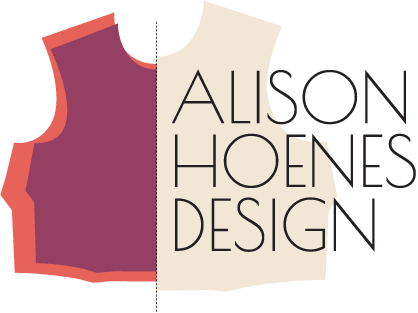When designing a new collection, each style should not only fit your customer, but also fit with your business goals. Without a plan for how your designs will make your brand money, you won’t be able to continue to share your unique designs with the world. The good news: there is more than one way that the products in your collection can make you money. Below are six types of products and how they affect your customer and your bottom line.
Loss Leaders
Loss leaders attract lots of new customers that contribute to overall sales, but lose money on their own. They are the flashy window piece that draws passersby into your store. They can be the glossy magazine cover that catches your eye or the beautiful Instagram ad that gets all the clicks. For many brands, their runway looks are loss leaders in their business. It is an investment in PR and marketing for the brand more than a revenue generator.
Loss leaders are the pieces that get your customer’s attention, but usually aren’t the piece that they leave with. Maybe your customer likes it, but doesn’t feel like they can pull it off themselves or don’t have an occasion to wear it to, but it leaves an impression. The customer then purchases a different style that is more suitable for their needs instead.
I don’t think every brand should design pieces specifically to be loss leaders, but it can be helpful to recognize when a piece that isn’t selling well may be benefiting your bottom line in other ways.
Merchandise
Merch is accessible, low priced items that allow the customer to easily buy into your brand. Often these items serve as marketing or are part of a promotion for your brand. Merchandise often features the brand logo or brand-identifying graphics that advertise your brand. Merch items for a fashion brand might include a tee-shirt or tote bag with your brand’s logo. It can also be non-apparel items like stickers, stationery, or any other item that goes along with your brand’s aesthetic and your customer’s interests.
Merch can be relatively low-cost to produce and you can even purchase ready-made blanks that can be printed or embellished with your branding. While it is low cost, it is also low priced. You’ll make money off these items from volume sales as well as getting the brand marketing out of it.
Gift Items
Easy gift items are pieces in your collection that can be easily given for holidays, birthdays, and special occasions. Products that don’t have specific sizing or are versatile make the best gifts as they are less likely to need to be returned or exchanged. Items like scarves, accessories, small sets of products that give an introduction to your brand, or seasonal items (for example: Christmas stockings) are strong gifting items.
Gift items are often low-mid price range and smaller in size. Profit margin can be good on these products and they can sell very well during prime gifting seasons like December holidays. Be careful not to invest in too much inventory of seasonal gift items, though, as they won’t be as relevant the rest of the year like other gift items can be.
Basics
Basics are those staple items that coordinate well with other items in the customer’s closet. These core items may stay in your collection for years and be offered in a range of staple and seasonal colors for your customer to choose from. These are often lower-mid priced items that earn money through volume sales. When you find just the right style, customers will often buy multiple pieces in different colors and come back for more later.
Because basic styles sell well for a longer time, they generally earn your brand a good profit. You invested in development of the style at the beginning, but with the longevity of the design and breadth of color options, you can get good mileage out of the style without spending to develop new pieces.
Hero Item
Hero items are iconic pieces that are consistently popular for your brand and become a signature style. Think tweed jackets at Chanel or the wrap dress at DVF. These pieces can range from low to high priced and low to high cost. Like basics, hero items can live in your collection in some variation or another for many seasons and let you leverage your development investment.
Hero items should be pieces that play to your brand’s strengths and have a healthy profit margin. (You don’t want a hero item as a loss leader). Over time, hero items also give you marketing value as customers start to recognize the style and associate it with your brand.
Investment Pieces
Investment pieces are higher-end styles that your customers likely save up to purchase. These aren’t the items that people impulse buy. Customers are investing a larger amount of money into purchasing these pieces and they don’t re-buy them very often. A good example is a quality winter coat. It is pricey, but it is made to last for years as part of the customer’s wardrobe.
Investment pieces are high priced items that make more profit per sale, but have lower-volume sales. Their development cost and production cost is often on the higher end as well.
Using a combination of these product types in your brand can help you create a profitable fashion business. When designing a new collection, you’ll not only be able to design pieces that your customers will love, but also strategically decide how each piece will fit into your business goals and financial plan for the season.
